As Ebola, Mers and HIV/Aids make headlines, what are the biggest risks to the world's health? And what is being done about them?
Deadly infectious diseases have become a serious cause for concern to world leaders - from cholera to bird flu, here are 10 that threaten populations around the globe
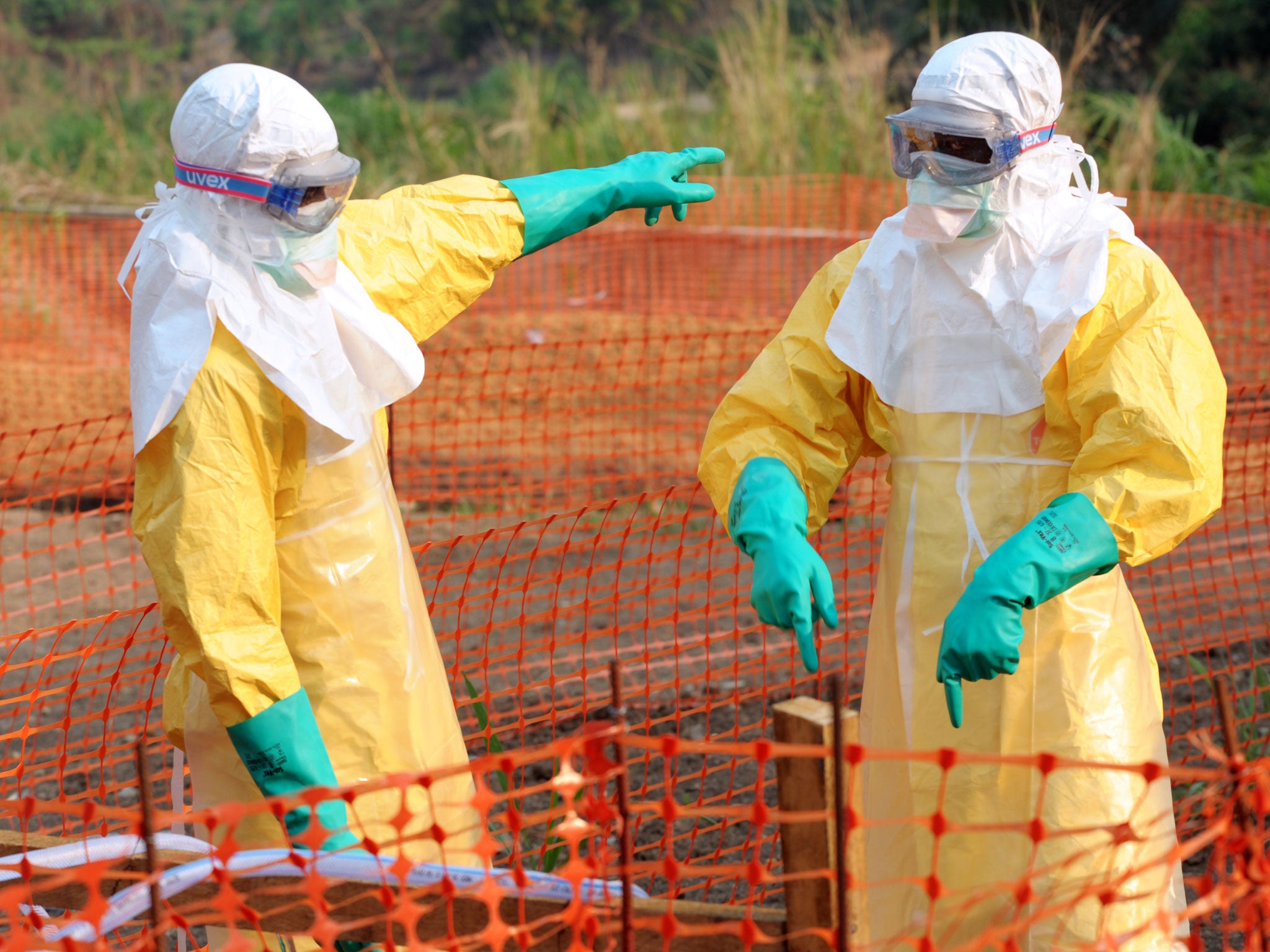
Your support helps us to tell the story
From reproductive rights to climate change to Big Tech, The Independent is on the ground when the story is developing. Whether it's investigating the financials of Elon Musk's pro-Trump PAC or producing our latest documentary, 'The A Word', which shines a light on the American women fighting for reproductive rights, we know how important it is to parse out the facts from the messaging.
At such a critical moment in US history, we need reporters on the ground. Your donation allows us to keep sending journalists to speak to both sides of the story.
The Independent is trusted by Americans across the entire political spectrum. And unlike many other quality news outlets, we choose not to lock Americans out of our reporting and analysis with paywalls. We believe quality journalism should be available to everyone, paid for by those who can afford it.
Your support makes all the difference.Infectious diseases can break out suddenly, almost anywhere in the world, and with devastating impact.
The past week has seen Ebola infecting key medical staff in Sierra Leone, a deadly Middle East virus become airborne and a whole city in China put on lock-down for fear of bubonic plague.
The World Health Organisation (WHO), a UN body that exists to protect and advise the international community about threats such as these, raised concerns in May about the “striking changes in the communicable disease situation”.
Dr Margaret Chan, the WHO Director-General, told the World Health Assembly in May that a “surge” in cases of the Middle East Respiratory Syndrome (Mers) and the “setback” for the world’s efforts to eradicate polio had sparked fears around the world.
That was before the full extent of this year’s Ebola outbreak – now the worst that has ever been recorded – was realised.
Experts at the biennial International Aids Conference in Melbourne, Australia this week spoke about their frustration that efforts to defeat HIV/Aids have been going “backwards”, while on Monday 28 July the WHO marks World Hepatitis Day by asking the international community to “think again” about a set of diseases that kills around 1.4 million people every year.
With mass threat viruses dominating the headlines, we take a look at 10 of the worst communicable diseases out there – and what is being done to stop them.
Ebola
The aid organisation Médecins Sans Frontières has described the Ebola outbreak in West Africa as “out of control”. There is no cure or specific treatment beyond immediate intensive care.
The virus has now killed 660 people across Guinea, Liberia and Sierra Leone since the outbreak began in February. With a mortality rate as high as 90 per cent in some cases, it has put a terrible strain on a string of weak health systems.
A growing number of health workers have also themselves fallen victim to the disease, despite stringent requirements regarding the use of protective clothing and visors.
Ebola is transmitted through bodily fluids, and Tarik Jasarevic, a spokesman for the WHO, said around 100 health workers had been infected by Ebola in the three countries, with 50 of them dying.
He said: “Personal protection equipment is very hot. But there is a very strict procedure how you wear it, how you take it off, what can be re-used or not.”
Local and international health workers, led in many cases by MSF and the WHO, face a combination of fear, suspicion and local traditions for burying the dead as they try to prevent Ebola spreading further.
In Liberia, the anti-viral effort is being led by the Health Ministry – but part of its headquarters were destroyed this week when a man set in on fire in protest over the Ebola death of his 14-year-old brother.
In an update on Thursday, the WHO said efforts in the three countries “to scale up and strengthen all aspects of the outbreak response” were ongoing – suggesting we are still a long way from getting the better of the disease.
Mers
Last month the WHO held its sixth emergency committee meeting to discuss the international response to the Middle East Respiratory Syndrome (Mers) virus, which has now infected at least 839 people since it emerged in Saudi Arabia two years ago, killing at least 291 of them.
While most cases are believed to involve people who have been in direct contact with camels in the Middle East, isolated incidences have been reported across the US, Asia and Europe – including Britain.
But in the most recent case, reported to the WHO by Iran, a 67-year-old woman died in hospital having had no history of travel or history of contact with animals or raw camel products.
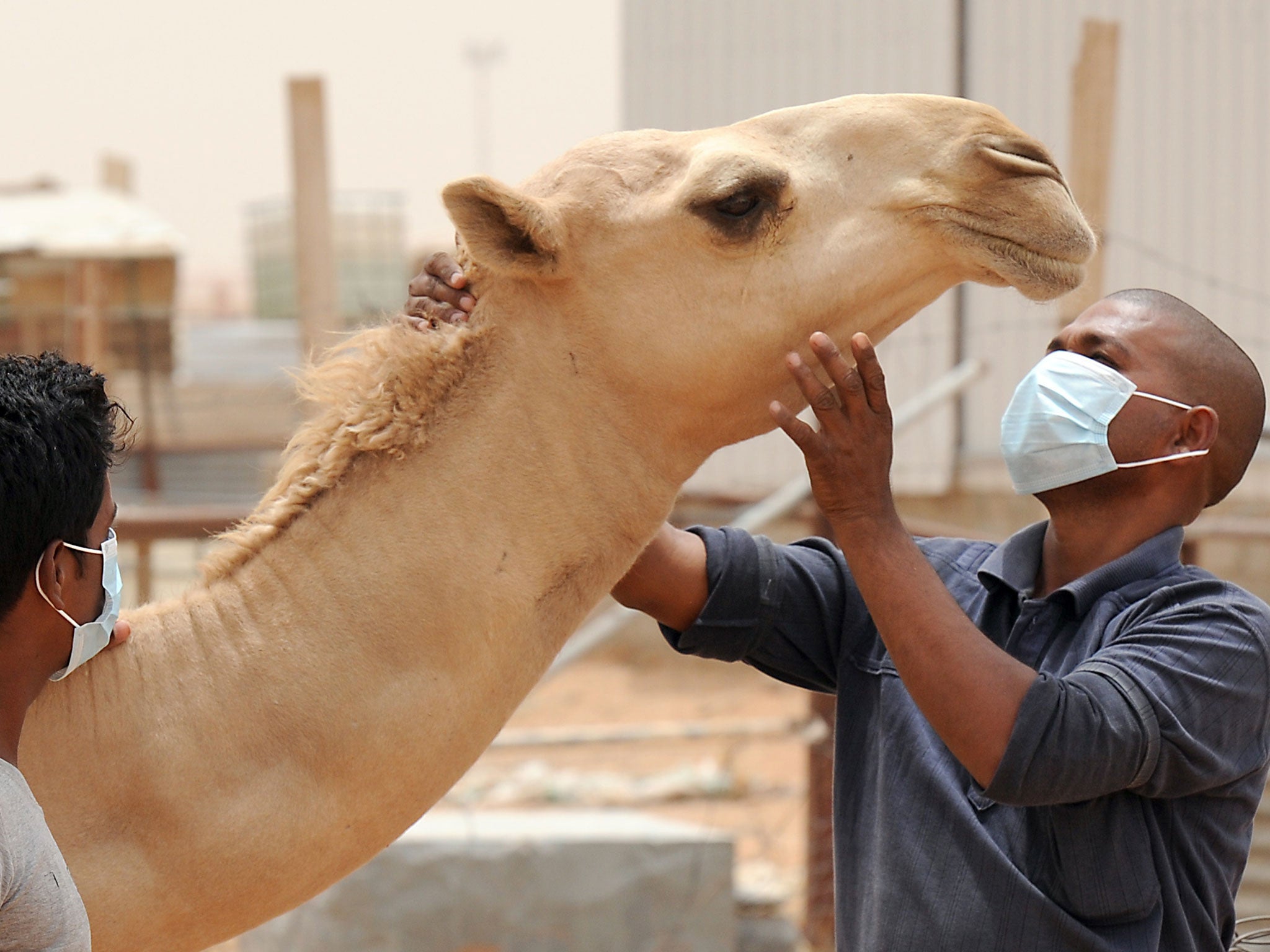
Experts believe this adds to the growing evidence that Mers is being passed on in hospital environments from human to human – and a recent, worrying study suggests the virus is now also airborne.
The Mers situation remains serious, the emergency committee agreed last month, and will be more so with fears that it is more easily-transmitted than first thought.
The WHO and the Saudi Health Ministry have advised camel farm and slaughterhouse workers to take precautions against Mers, though it is yet to constitute “a public health emergency of international concern”.
Plague
There is a commonly-held view that the bubonic plague is a matter of interest only in history books, rather than a viable threat in the present day.
A bacterial infection, it wiped out roughly half the population of Europe in the 14th century and millions more during an outbreak in China in the 19th century.
But the disease is still endemic to the Far East, and returned to headlines this week when a Chinese town of 30,000 was placed on lockdown after the death of a man who investigators believe handled a marmot – a small rodent – while farming.
The quarantine has since been lifted, but it is an indication that the disease – identified as one of the world’s most deadly by the WHO – is still out there.
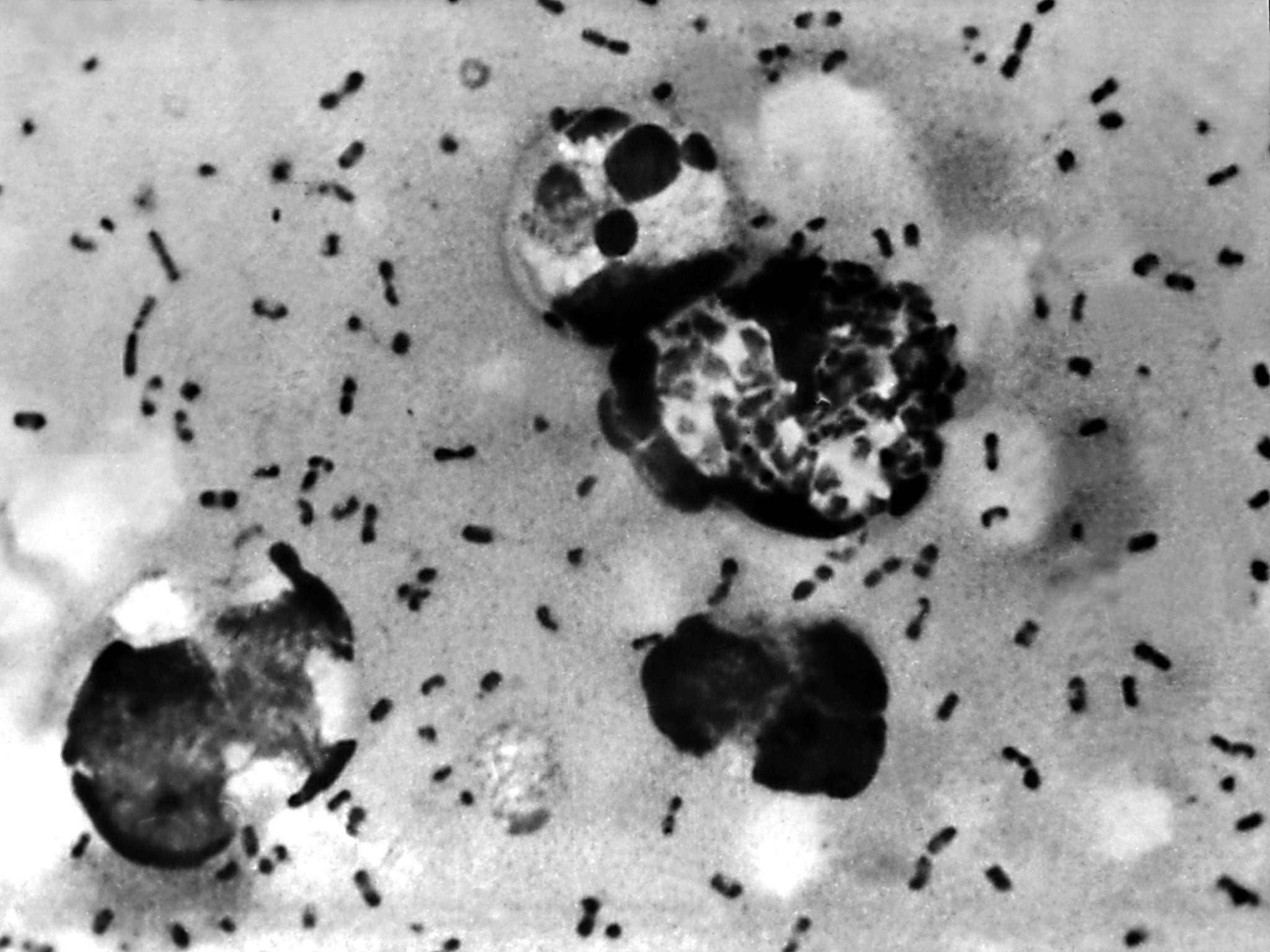
In the last decade and a half there have been outbreaks all over the world, including Peru, Madagascar, India, Algeria and the Democratic Republic of Congo.
Because plague events are seen as a thing of the past, the WHO’s epidemic disease expert Eric Bertherat says, they almost always lead to at least some deaths.
When an outbreak occurred in Kyrgyzstan last year, he told the BBC: “Because bubonic plague is such a rare event, local medical staff are not prepared to diagnose the disease and treat it appropriately, which means the first patient usually dies without even a diagnostic.”
The WHO works with local medical authorities when plague outbreaks are identified, and if identified quickly bubonic plague from flea bites can be treated successfully with antibiotics.
But if it is allowed to spread to the lungs and become pneumonic plague – and passed on through saliva – patients can die within 24 hours of infection, and the mortality rate is “always very high”.
H7N9 avian flu
As an example of the threat posed by avian flu viruses generally, the strand H7N9 is particularly concerning because it leads patients to become “severely ill”, the WHO said.
According to the agency’s most recent risk assessment on the dangers of human infections from H7N9, at least 450 cases have been confirmed – resulting in 165 deaths.
This is all since the disease was first observed in March 2013 in China – an indication of how new deadly communicable illnesses are developing all the time.
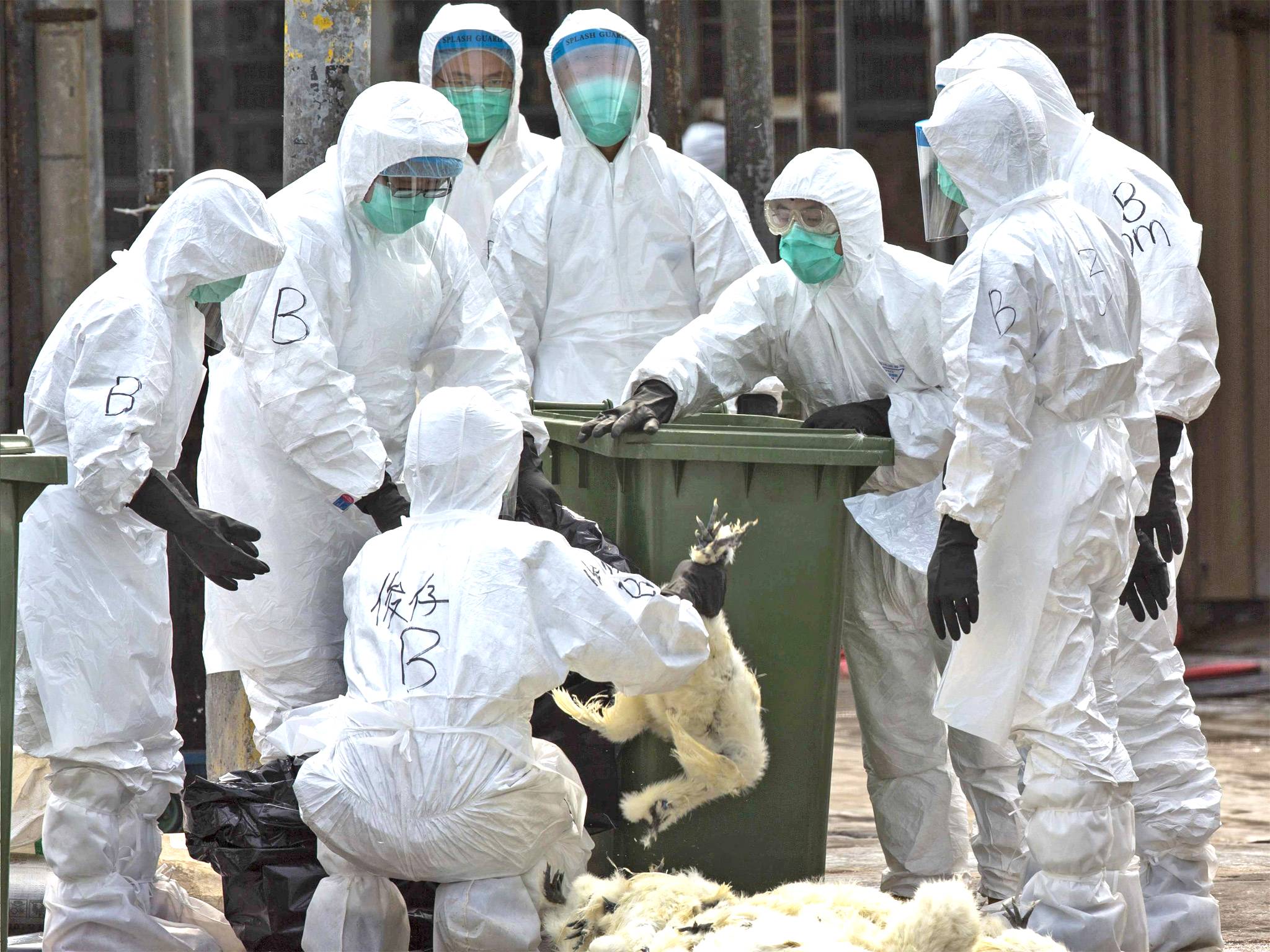
The WHO has warned that “much remains unknown about this virus” and expects there to be more human cases in China in the next few months. But because it is currently not thought to pass on easily between humans, the risk of an international spread beyond the odd returning traveller is described as “unlikely”.
But scientists have warned that it is important people are aware of the dangers of bird flu, and the particular threat posed by each new strand that emerges.
There remains a long-standing threat from H5N1, which though rarer is fatal in two-thirds of cases. And in February Chinese scientists said newly-discovered H10N8 had “pandemic potential”.
While the WHO does not recommend limits on travel because of bird flu threats, it continues to work with the animal health sector to reduce the risk of diseases passing into local populations.
HIV/Aids
Though huge steps have been made in research and treatment of HIV/Aids since the discovery of the virus in the 1980s, it still affects more than 35 million people worldwide and contributed to the deaths of around 1.5 million people in 2013.
The virus continues to be identified by the WHO as a major global public health issue. The agency estimates that it has claimed a total of 39 million lives in 30 years.
While the effectiveness of antiretroviral drugs means people with HIV can enjoy healthy and productive lives, a cure remains elusive because of the disease’s ability to incorporate itself into 'reservoirs' in our DNA, beyond the reach of drugs or the immune system.
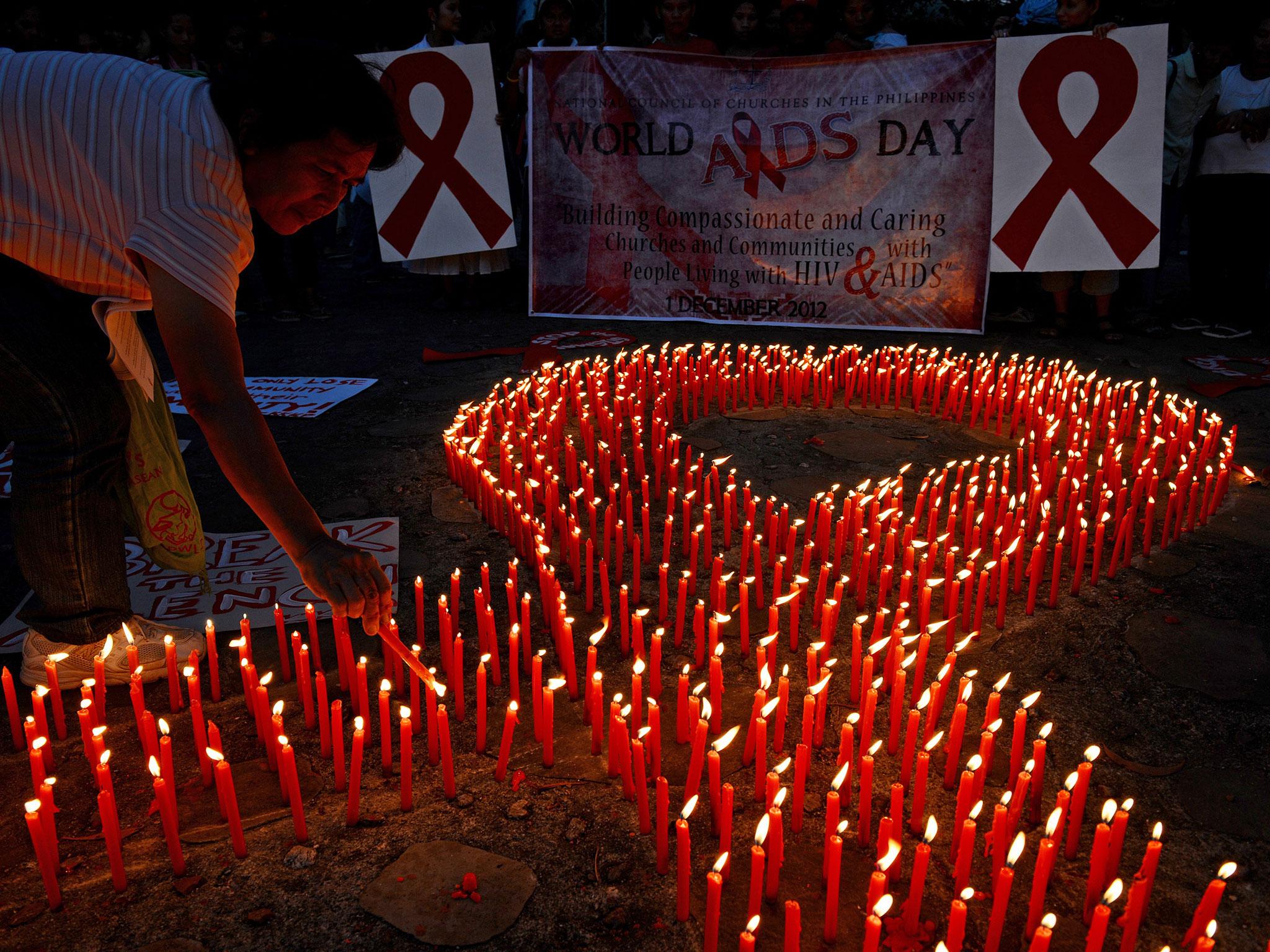
And speaking to The Independent’s Charlie Cooper at this week’s International Aids Conference, Professor Françoise Barré-Sinoussi said years of progress towards eradicating the virus in the early 21st century were being negated by prejudice against HIV-positive people.
“We are going, somehow, backwards,” she said. “It's really a responsibility to put pressure on those governments which are creating such pressures to realise their responsibility, to realise the consequence of the decisions they are making. In terms of those key affected populations, but also beyond there will be consequences, and in other countries as well. As long as the virus is somewhere in the world there will be consequences.”
Polio
Polio is a highly infectious disease that mainly affects children under five, and has been the subject of a huge international eradication effort since the 1988 World Health Assembly.
In that time cases have reduced by 99 per cent, but the virus remains endemic in three countries – Afghanistan, Nigeria and Pakistan.
The disease is incurable but entirely preventable using a cheap and readily-available vaccine. It invades the nervous system and can cause total paralysis in a matter of hours, with up to 10 per cent of children then dying when their breathing muscles stop working.
The WHO says that “as long as a single child remains infected, children in all countries are at risk of contracting polio”, and that even now a global outbreak could lead to 200,000 new cases every year within a decade.
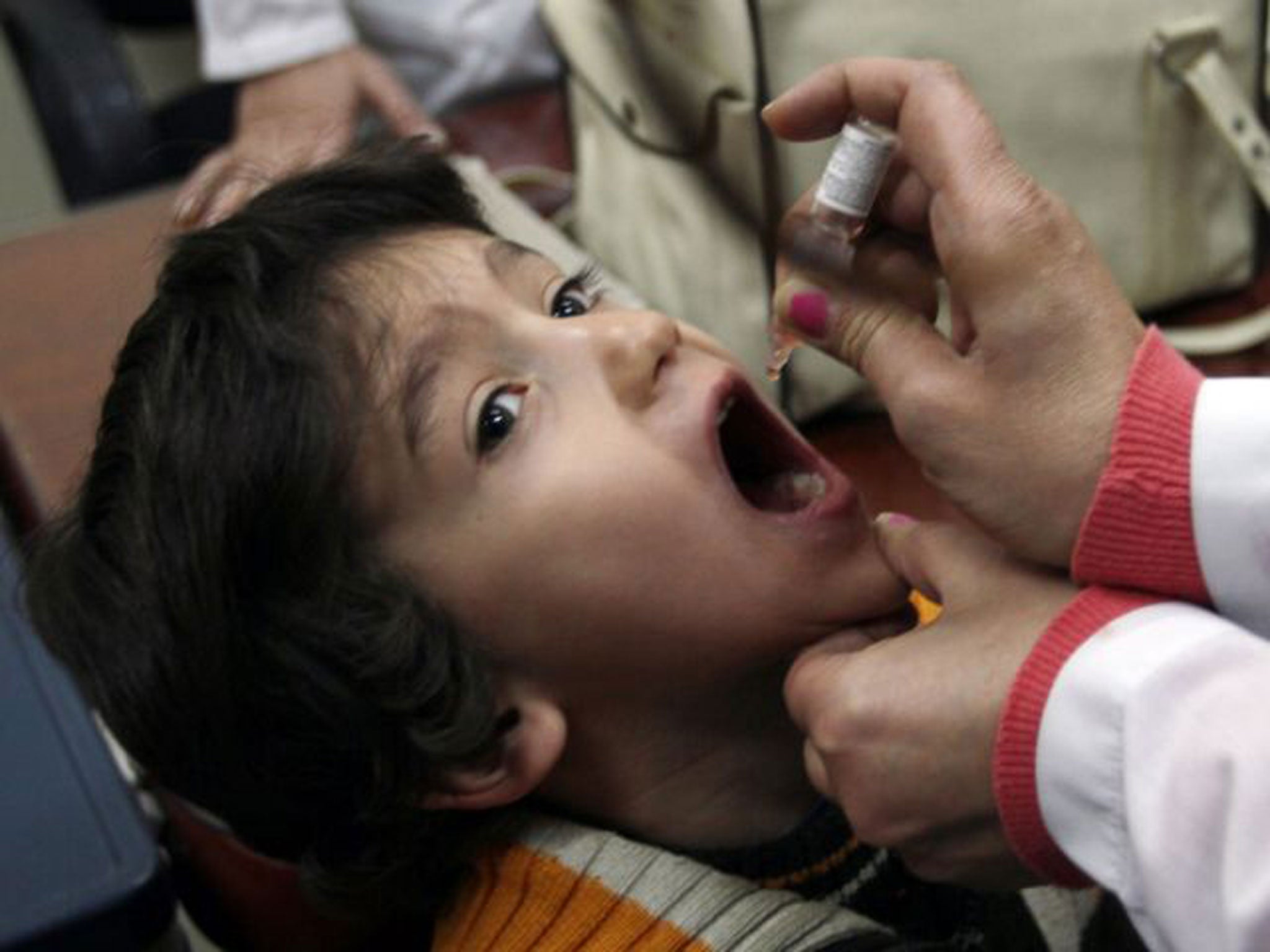
That is why it is so concerning that 36 children in Syria and two in Iraq have been paralysed by polio since October, Unicef and the WHO said last week.
Outbreaks typically come when civil unrest and war disrupt immunisation routines, and Unicef spokeswoman Juliette Touma said there are 765,000 children inside Syria who live in areas that are hard to reach because of the ongoing conflict there.
A WHO spokesperson, Sona Bari, said both the government of President Bashar al-Assad and rebel groups have supported vaccinations, but it is the first polio outbreak in Syria since 1999 and an indication of what can happen when standards of immunisation slip.
Viral hepatitis
On Monday 28 July, the WHO will mark World Hepatitis Day with a campaign to urge the world to “think again” about a group of infectious diseases that kill almost 1.4 million people every year.
In Kenya, where HIV/Aids was declared a national disaster a decade ago, recent figures showed that hepatitis infections have surpassed HIV for the first time.
This year the focus of World Hepatitis Day will focus particularly on Hepatitis C, one of the five strands of the virus for which there is no vaccine.
Hepatitis C affects 130 to 150 million people around the world, and up to half a million die each year from associated liver diseases.
Issuing a statement to mark World Hepatitis Day, the UN’s Office on Drugs and Crime chief Yury Fedotov said the virus infected around 50 per cent of all the 12.7 million people around the world who inject drugs.
“If we fail to confront these challenges head on, and unsafe injecting practices continue, the health risks are potentially disastrous. There are, after all, no barriers that can be built against hepatitis C, which can lay dormant creating numerous opportunities for the spread of this silent killer.”
Measles
Around 84 per cent of the world’s children have been vaccinated against measles, and a safe and cost-effective vaccine is available globally.
Yet despite this, there are more than 120,000 deaths from measles every year – the equivalent of around 14 child deaths an hour.
The WHO describes measles as a “highly contagious, serious disease”, which caused 2.6 million deaths a year as recently as 1980.
It is spread by coughing and sneezing, and remains active and contagious in the air for up to two hours.
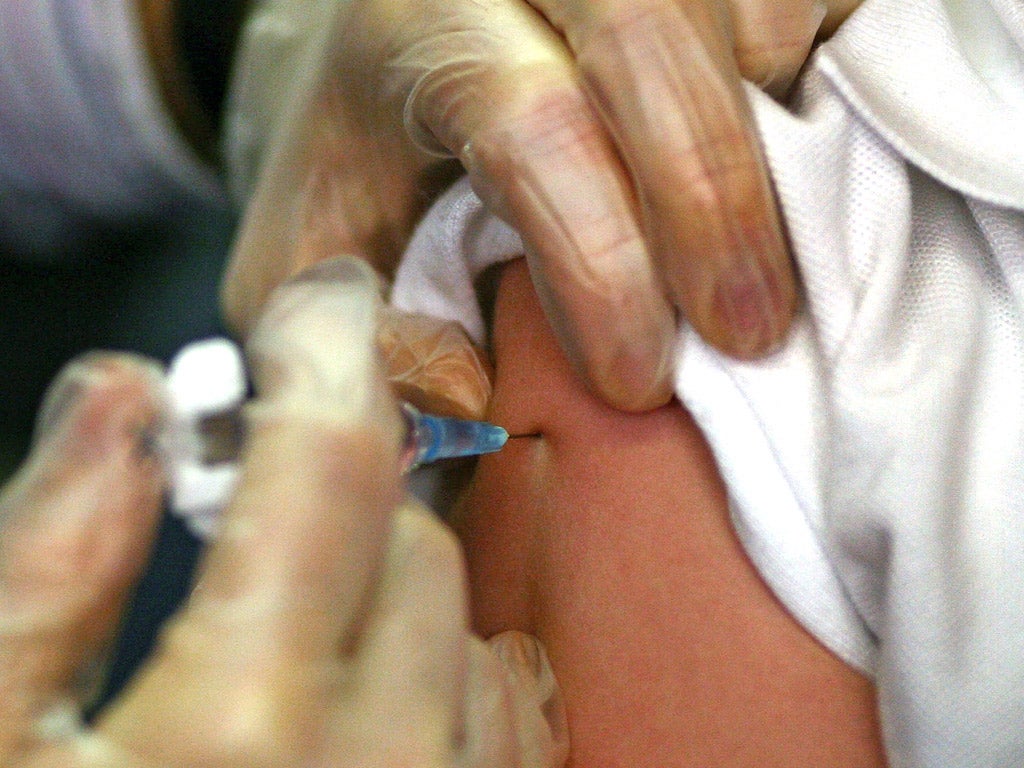
Outbreaks can happen even in the most developed countries, with 100 cases confirmed in Waikato, New Zealand last week and a case reported in Indiana, US.
And it is still common in many developing countries, particularly in Asia and Africa.
The WHO said measles-related deaths had reduced by 78 per cent between 2000 and 2012. The agency has collaborated with Unicef, the American Red Cross and the UN Foundation to promote the Measles and Rubella Initiative, which now aims to reduce global measles-related deaths by 95 per cent of 2000 levels by 2015.
Meningitis
Bacterial meningitis breaks out in epidemics across sub-Saharan Africa, causing a high fever, headaches and vomiting. It involves a serious infection of the lining around the brain and spinal cord, and kills up to 10 per cent of patients within 24 to 48 hours of symptoms emerging.
The last epidemic, in 2009, affected 14 countries and led to more than 5,000 deaths, the biggest toll for almost 20 years.

The WHO says that it hopes a new vaccine against meningitis will be provided to all 26 countries in the African meningitis belt by 2016, otherwise the pattern of epidemics and widespread deaths will likely continue.
The agency described it as “an enormous public health burden” – one which it is committed to eliminating.
Cholera
Once a disease that affected the whole world, cholera still poses a threat in developing countries, disaster areas and conflict zones today.
There are up to five million cases, resulting in 120,000 deaths, every year, according to the WHO.
It is described as “an extremely virulent disease” and a “global threat to public health” by the agency, and can kill within hours of drinking or using contaminated water.
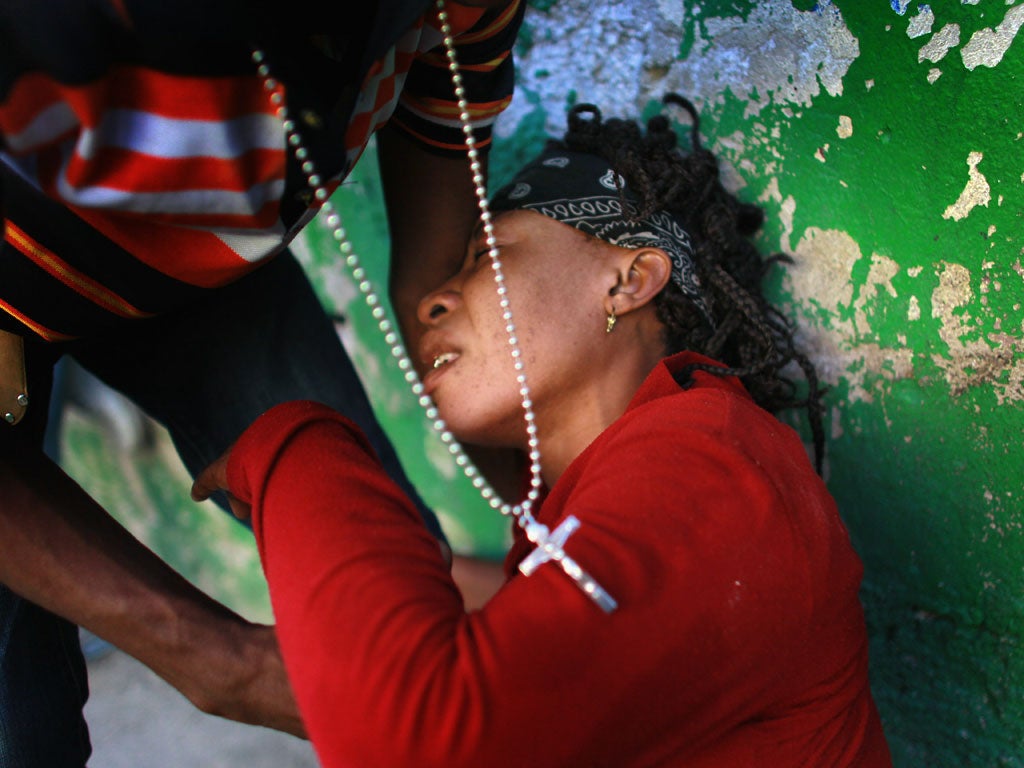
In South Sudan, efforts to contain an ongoing outbreak continue, with 5,141 cases causing more than 100 deaths recorded as of 21 July.
There are also current reports of outbreaks in Ghana and across a large section of the state of Kano in Nigeria, where six people have died so far.
Vaccinations against cholera are available – but there remains debate over whether the costs involved would be better spent on improving general local sanitation.
The number of reported cases of cholera has actually risen in recent years, and its re-emergence as a global threat has been described by the WHO as “noted in parallel with the ever-increasing size of vulnerable populations living in unsanitary conditions”.
Join our commenting forum
Join thought-provoking conversations, follow other Independent readers and see their replies
Comments